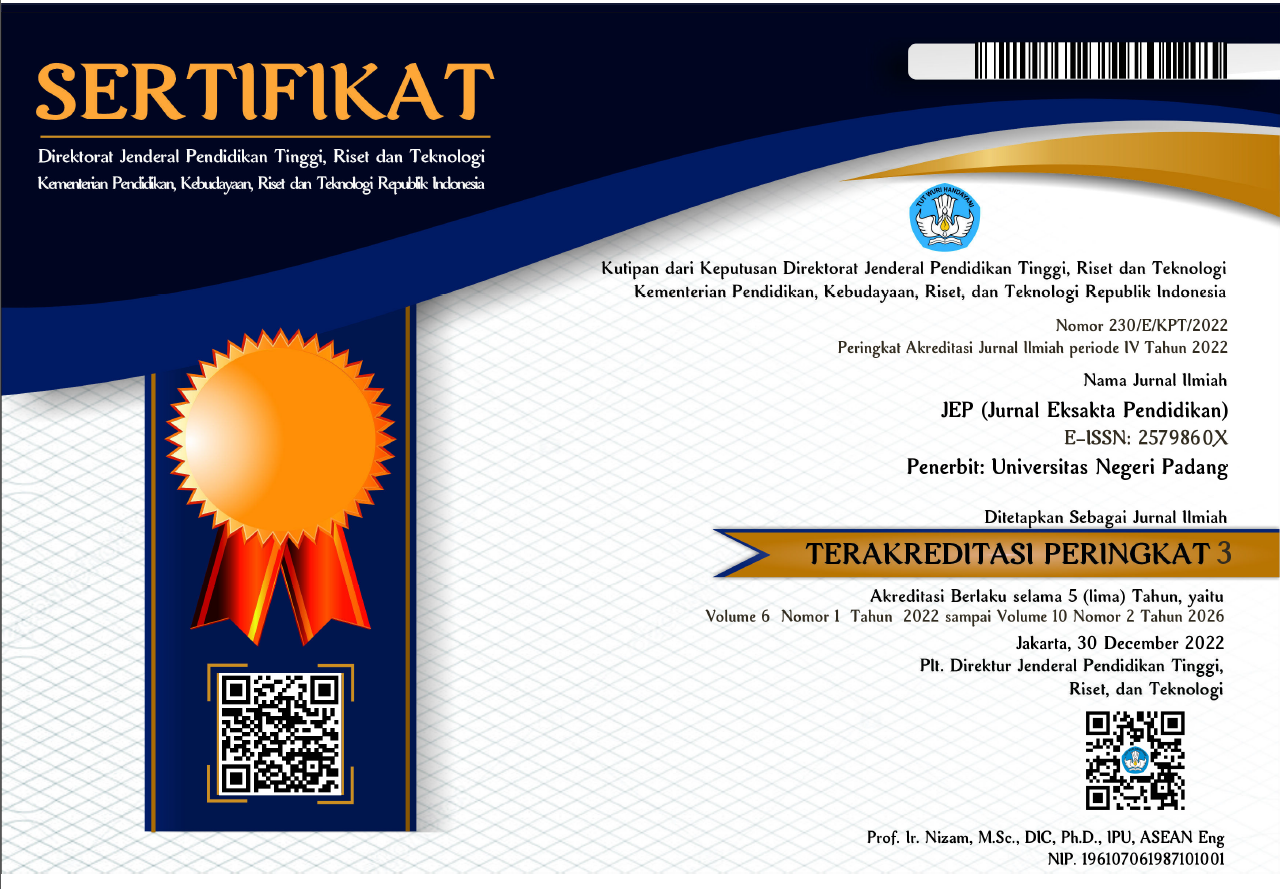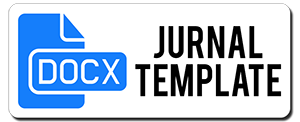Rancangan Laboratorum Virtual untuk Pembelajaran Fisika SMA
Abstract
One of the problems found in the implementation of the curriculum of 2013 is not all competency skills can be performed well. Therefore, to overcome these problems, virtual laboratory designed to competencies skill of physics. One of the design objectives virtual laboratory is to improve the quality of education and learning in physics in high school. The method used in this study is a research method development four D model with the definition phase , design phase , development phase, and dissemination phase. Research has reached the stage of development and has been tested valid specialist. The instrument used in the research is a questionnaire consisting of: 1) the material substance; 2) The display of visual communication; 3) instructional design; 4) the use of software; and 5) Linguistic. The results obtained to test the validity in general has been very good category (85.6), so that the design of virtual labs designed can already be used in high school.
Downloads
References
Farreira, M. (2010). Intelligent Classroom and Smart Software : Teaching and Learning in today's University. Springer Publication.
Gunawan, L. (2012). Model Virtual Laboratory Fisika Modern untuk Meningkatkan Disposisi Kritis Calon Guru . Jakarta: Cakrawala .
Imron, M. (2012). Memanfaatkan Laboratorium Virtual.
http://www.mazguru.wordpress.com/2012/04/19/oyo-manfaatkan-laboratorium-virtual.
Masril, Hidayati, Yenni D, (2018). The Development of Virtual Laboratory Using ICT for Physics in Senior High School. IOP Conference Series: Materials Science and Engineering, Volume 335, conference 1. IOP Publishing Ltd.
NSTA, N. S. (2004). Position statement on scientific inquiry. online,http:// www.nsta. org/ about/ positions/ inquiry.aspx.
Rina Astuti, W. S. (2012). Pembelajaran IPA dengan Pendekatan Keterampilan Proses Sains Menggunakan Metode Eksperimen Bebas Termodifikasi dan Eksperimen Terbimbing Ditinjau dari Sikap Ilmiah dan Motivasi Belajar Siswa. JURNAL INKUIRI ISSN: 2252-7893, Vol 1, No 1, http://jurnal.pasca.uns.ac.id , 51-59.
Slavin, R. (2008). Cooperative Learning Theory Research and Practice. Bandung (Terj.Nurulita Yusron): Nusa Media.
Soegeng, S. (2000). Problematika Pendidikan dan Cara Pemecahannya. Jakarta: Kreasi Pena Gading.
Thiagarajan, S. S. (1974). Instructional Development for Training Teachers of Expectional Children. Minneapolis, Minnesota: Leader ship Training Institute/ Special Education, University of Minnesota.

This work is licensed under a Creative Commons Attribution 4.0 International License.




_(2579-860X).png)
_(2614-1221)1.png)




